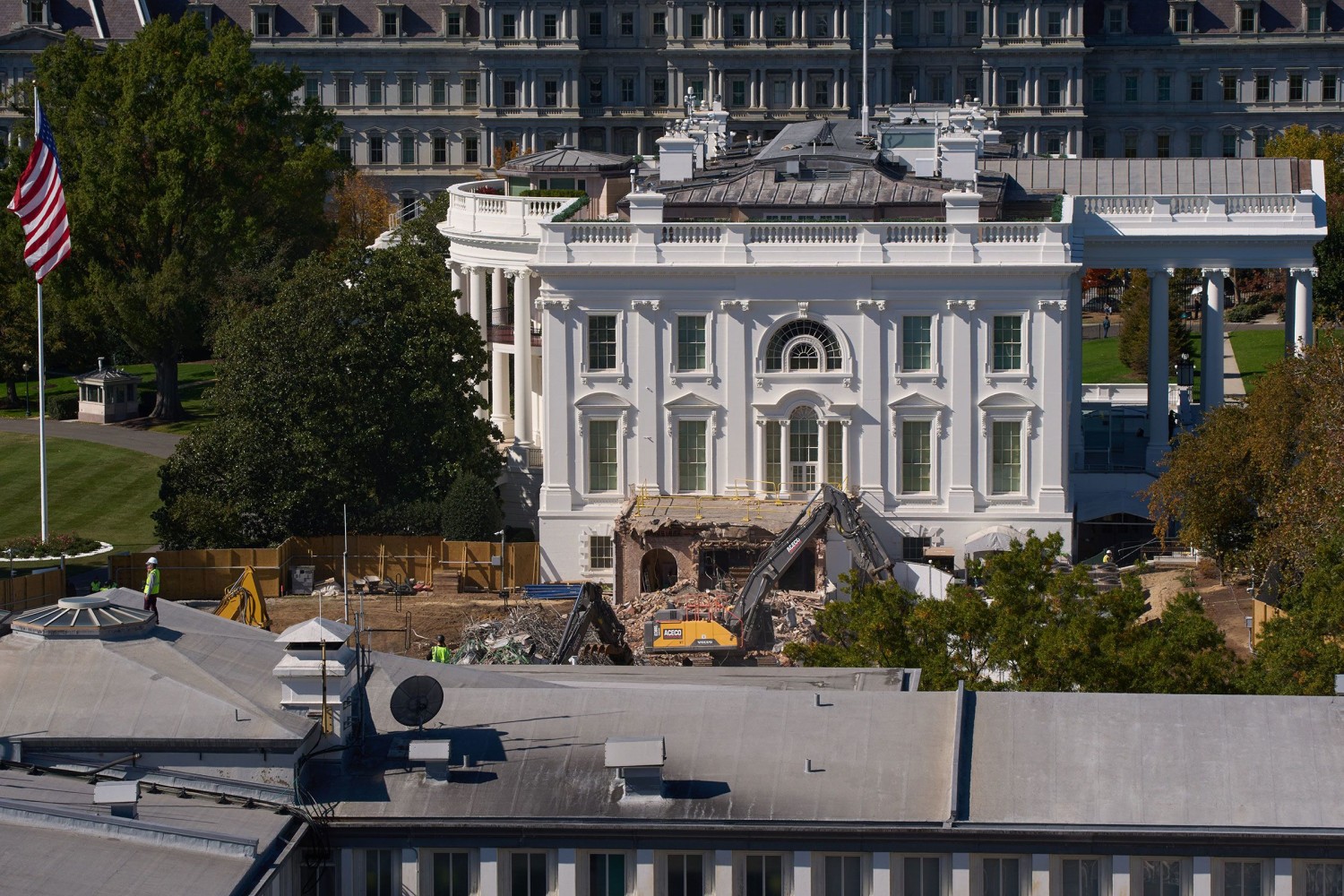
This article is more than
7 year oldFEMA just sent a 'Presidential Alert' to millions of U.S. phones

At 2:18pm ET, the Federal Emergency Management Agency began sending the alert, saying: “THIS IS A TEST of the National Wireless Emergency Alert System. No action is needed.” A few minutes later, televisions and radio broadcasts suspended their programming and ran a similar message.
The test was originally scheduled for mid-September but was delayed until Wednesday after Hurricane Florence hit the east coast.
This was the first time the government has conducted a nationwide test of the Wireless Emergency Alert (WEA) system, according to FEMA.
And there it is. https://t.co/W1rMOrXClX pic.twitter.com/irHvGLpsAp
— Zack Whittaker (@zackwhittaker) October 3, 2018
Emergency warnings with their all-too-familiar terrifying high-pitch buzz have increasingly moved from televisions and radio and to our phones. Since it was devised in 2006 under the Bush administration, the Wireless Emergency Alert (WEA) has slowly rolled out across the U.S. to form a new state-of-the-art emergency alert system. Like the legacy system, the WEA is designed to alert Americans to bad weather and missing children at a local level directly to your phone.
FEMA’s test of a new third kind of alert — the presidential alert — was designed to alert every switched-on phone with cell service across the U.S. at roughly the same time.
You might have noticed that when you received the alert, it was sent directly over the cellular network. Sending tens of millions of text messages would have ground the cell networks to a halt. Although today’s alert was sent by FEMA, any future presidential alert can be sent solely at the discretion of the president and can be issued for any reason. And, unlike other alerts, Americans can’t opt-out of receiving a presidential alert.
Some have expressed concern that the system could be abused for political reasons. Others worry that the system could be hacked.
Tom Crane, an expert in emergency management at Everbridge, a critical communications provider, told TechCrunch that the WEA has “extra safeguards” in place before sending an alert. An authorized user has to enter a complex password that has two elements — a private key and a keystore password — which are unique for each alerting authority.
“It’s not as easy as ‘someone left their computer unattended so I’m going to send a Wireless Emergency Alert’,” he said.
The emergency alert system is far from perfect. Earlier this year, panic spread on Hawaii after an erroneous alert warned residents of a “ballistic missile threat inbound.” The message said, “this is not a drill.” The false warning was amid the height of tensions between the US and North Korea, which at the time was regularly test-firing rockets used for its nuclear missile program.




